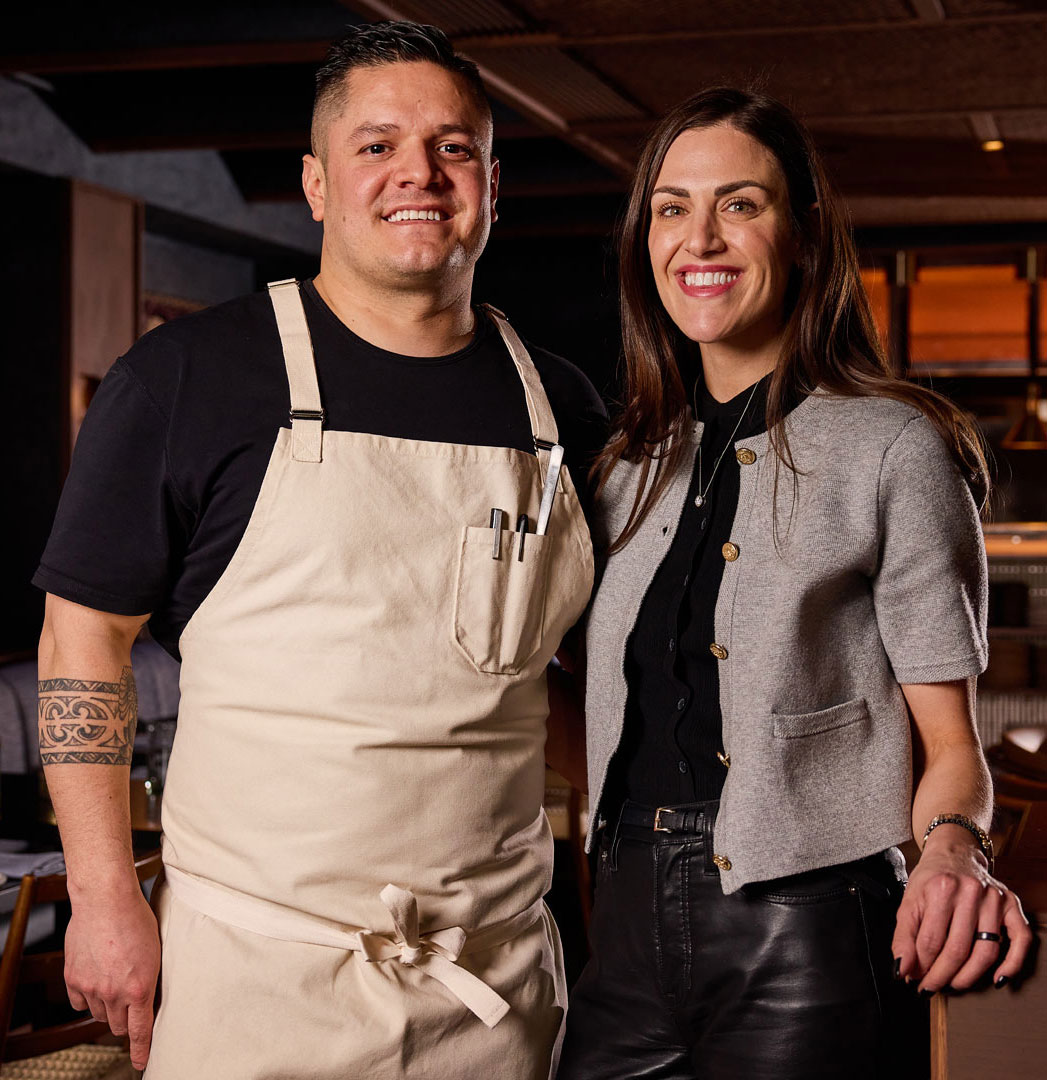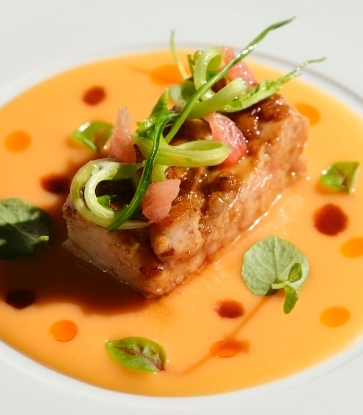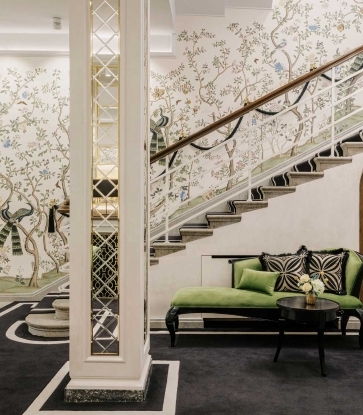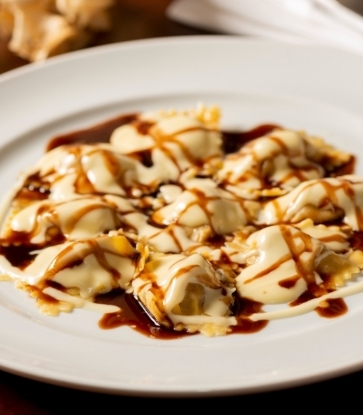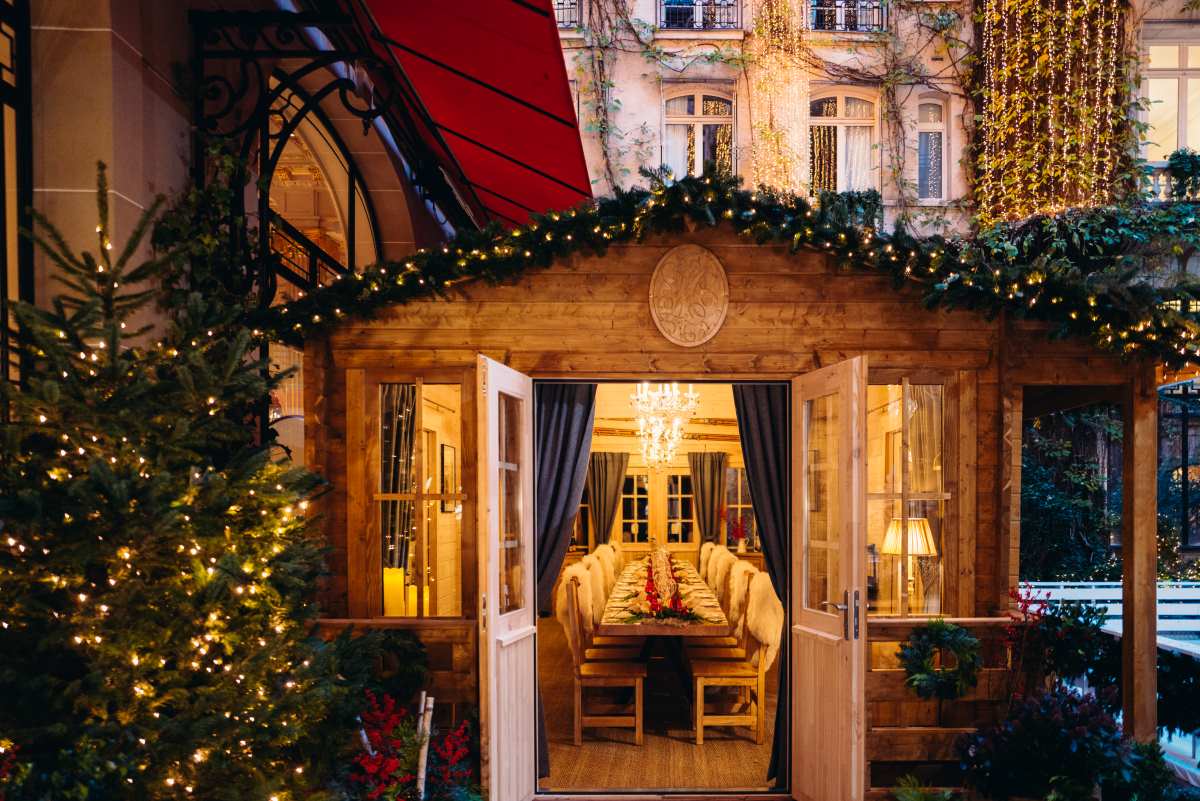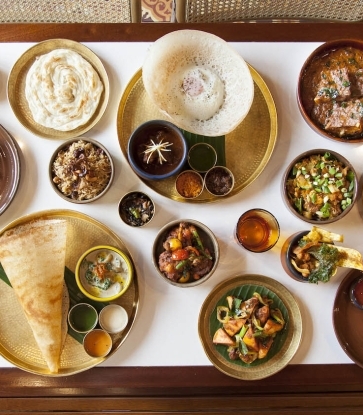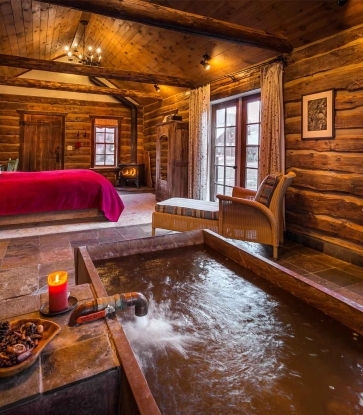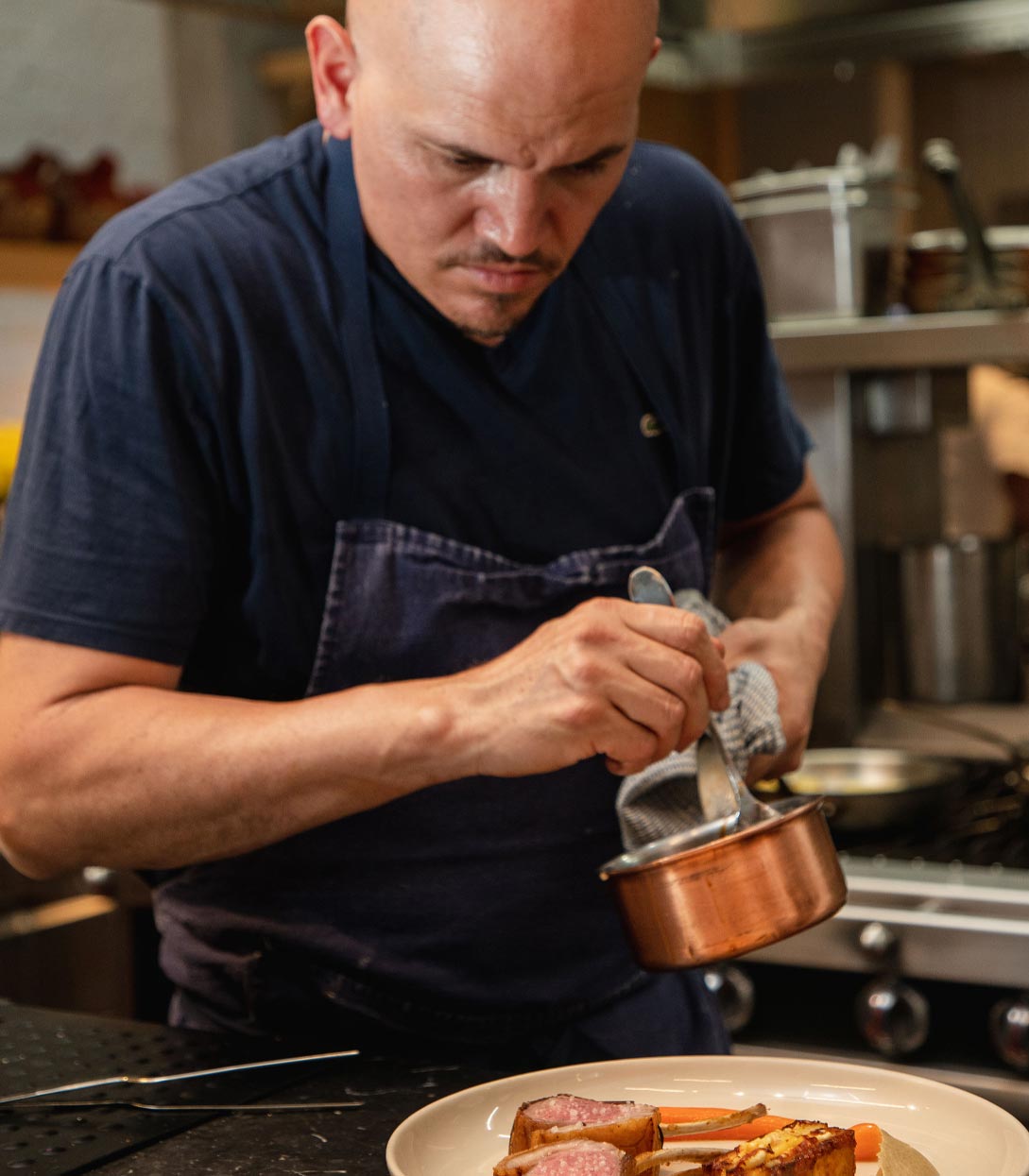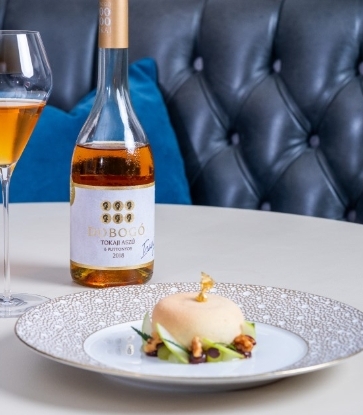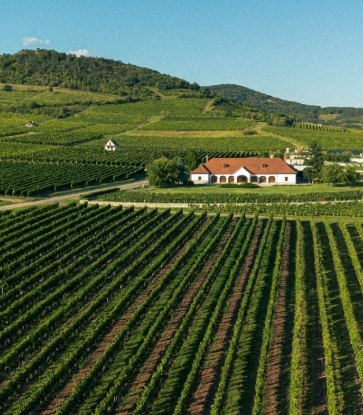Over the centuries, Croatia was influenced by different cultures, from proto-Slavic essences mixed with Hungarian, Viennese and Turkish influences in the meats, desserts and vegetable dishes of the continental regions, to the Greek, Roman and Illyrian Mediterranean flavors of the fish delicacies and wines of the coastal region. They as well left their influence on Dalmatian cuisine, which focuses on fresh local ingredients such as fish and seafood, meat, figs and Maraska cherries grown inland from Zadar, which are used to make the famous Maraschino liqueur.
This region has a unique fascination, firstly thanks to its unspoilt landscapes such as the Hvar islands, the charm of the old cobbled streets of Split and the medieval city of Dubrovnik, as well as the undisputed attraction of the region’s cultural and gastronomic traditions. Let’s take a look at the best places in which to enjoy this cuisine and savour the region’s very special atmosphere.
Dubrovnik
One of the most beautiful cities in the world, Dubrovnik is surrounded by imposing medieval walls that protect its historic centre (a UNESCO World Heritage Site). Of the five fortresses in the city, three form an integral part of the walls, while Stradun, the city’s main street, is an open-air museum surrounded by stone buildings such as the Sponza Palace, the Rector’s Palace, the two Onofrio fountains, St Blaise’s Church and Orlando’s Column.
For the best view of the city, take the cable-car to Mount Srđ, while if you’re interested in natural beauty, make sure you visit Trsteno Arboretum. A walk along the city walls offers 2km of beautiful sights, which include the city’s historic buildings as well as Lokrum island, surrounded by the clear waters of the Adriatic.
Restaurant 360
From the terrace at this restaurant, you can admire the rooftops of the city, the small harbour, coastline and sea. This is Restaurant 360 (the name says it all!) which serves dishes made from Croatian ingredients and enhanced using international techniques such as fermentation and sous-vide cooking. The cuisine here is rooted in local traditions yet open to influences from around the world: the carrot cooked four different ways and served with black garlic and pine nut crumbs is a must, as are the lightly fried scampi served on a Jerusalem artichoke foam. There are two menus to choose from (one dedicated to the chef’s signature dishes, the other to the restaurant’s classic favourites), as well as an à la carte menu. Don’t miss the mackerel with white turnip served with a potato and miso mayonnaise and a bonito vinaigrette which adds a pleasant maritime flavour to the dish. Also worth trying is the Carnaroli rice served with dashi, cuttlefish and prawns.


Pjerin
Situated outside Dubrovnik, this restaurant is part of the Hotel Villa Dubrovnik, an elegant property overlooking the sea, and is famous for its terrace which boasts delightful views of the Dalmatian coast. The cuisine here pays loving tribute to the Adriatic and neighbouring inland area, with a focus on seasonal ingredients. Spaghetti with lobster is the house speciality, although all the first courses, most of which are home-made, are popular. Modern, Mediterranean-influenced cuisine takes centre stage, including iconic dishes such as seafood risotto with shellfish, and black tagliatelle with seafood, which is served with a salicornia cream and mullet roe. The lamb fillet with apricot orzotto, summer vegetables and feta cream is also recommended.

Šibenik
Surrounded by four fortresses, Šibenik overlooks a beautiful bay and boasts one of the most popular historic centres in Croatia, an important focus for local life and home to two UNESCO World Heritage sites: St James’ Cathedral and the St Nicholas Fortress built in the 16th century to defend the city from its enemies.
The city’s rich cultural heritage includes 24 churches, 17 palaces and six monasteries, as well as museums, galleries, finely sculpted doorways and boutiques. Much of the architecture here was the work of Juraj Dalmatinac, one of Europe’s most important architects and artists, and his stone buildings bear witness to the beauty and importance of the city in bygone days, still visible today as you stroll around the city’s streets.
Pelegrini
Standing right next to St James’ Cathedral in the heart of the old town, Villa Pelegrini-Tambača is the setting for this restaurant, which showcases local produce in its top-quality cuisine. Dining here is a very special experience, as Pelegrini is considered to be one of the most interesting gourmet restaurants in the region – it also boasts superb views of the cathedral from its terrace. The menu varies depending on the seasons and focuses on regional ingredients sourced from small-scale local producers. Dishes range from fish and seafood options such as mussels, oysters, sea snails, sea urchins, the catch of the day, and monkfish tripe, to meat dishes such as lamb, veal, beef cheeks and the restaurant’s famous “pasta with duck”, in which pieces of slow-cooked duck are served with a creamy pecorino sauce, confit duck breast and slices of celery that add a fresh and acidic flavour to the dish.


Split
Split, the largest city on the Croatian coast, is situated in central Dalmatia and is considered by its inhabitants to be “the centre of the world”. The historic centre, a UNESCO World Heritage Site, boasts a history that dates back 1.700 years, when Roman emperor Diocletian chose to build his palace – still one of the best preserved in Europe – here.
Major opera concerts are held in the Peristyle (the former Imperial square) in summer, while the Cathedral of St Domnius, patron saint of the city, is known to be one of the oldest Christian buildings in the world. In this beautiful setting full of art and history, you’ll find restaurants with spectacular terraces from which to enjoy Split from a unique vantage point. Let’s explore some of them.
Zoi
This restaurant has a unique location in the city centre, with a splendid terrace running alongside part of Diocletian’s old palace, boasting stunning views of the harbour. The cuisine focuses on Mediterranean flavours and recipes and is closely connected to daily life (“zoi” is the Greek for life) in Split which has been influenced by different cultures over the centuries. Dalmatian traditions and contemporary techniques come together in cuisine that focuses on the use of local ingredients, both on the à la carte and on Zoi’s two tasting menus (Zoi Echo and Zoi Terra). Dishes include smoked octopus kulen with langoustine and Oscietra caviar, cured monkfish with Pata Negra ham, snow peas and cauliflower, and sea bass in a beurre blanc with courgette flowers and fennel. The desserts are superb, as is the wine list which pays particular attention to local labels.


Zrno Soli
Situated on the first floor of the Aci Marina, this restaurant boasts beautiful views of the sea and the centre of Split from its terrace. The restaurant name is profoundly symbolic: it translates as “grain of salt” in English, reminding us of the importance of salt to life itself, its maritime origin and its constant presence in our everyday lives. But salt is also found in sacred texts, and in Dalmatia it’s hard to imagine a life with salt and without the sea. The philosophy of the restaurant, whose cuisine is renowned for its superb fish, is based on this connection, and its extensive seasonal menu not only lists the region’s ingredients in great detail but also makes reference to the different seasons in which they can be found. The menu includes dishes such as “Ode Maritima”, which features the best fish from the Adriatic; “Bianco Verde”, a local white fish served with parsley-flavoured olive oil, citrus gel and a “sponge” of seasonal vegetables; “Neron” (barley with a cheese foam and cuttlefish sauce), and “Ravioli della Dalma”, home-made ravioli filled with Pag island lamb, a yoghurt sauce made from goat’s milk, lamb demi-glace, dill, peas au gratin, mushrooms and bread crumble. There’s also a good choice of fish and seafood, such as squid and lobster (including the Mediterranean blue-clawed lobster), while the monkfish soup and cuttlefish with bulghur wheat are also highly recommended.

Zadar
Surrounded by medieval walls, Zadar is a gem of a town nestled amid delightful Croatian landscapes. Its charm and its light have long fascinated internationally renowned film directors such as Alfred Hitchcock, who once described the town’s sunsets as among the best in the world.
With its four patron saints (Zoilus, Simon, Chrisogonus and Anastasia), this is a town of firsts which saw the publication of the first Croatian novel and the first Croatian newspaper. One of the oldest Croatian cities to still be inhabited, Zadar is a Mediterranean town with a strong cultural and artistic soul, which hosts many music festivals. Its history is evident in the town’s many iconic sights, such as the Ducal Palace, St Donatus’ Church, the Forum and the Square of the Five Wells.
Foša
One of the most picturesque and popular parts of the town is Foša harbour, where the restaurant of the same name – one of the best in the region – specialises in fish and seafood. The menu focuses on Dalmatian cuisine with a Mediterranean influence which can be enjoyed on the terrace overlooking the sea or in the dining room with its stone walls and wooden floor. In addition to the à la carte, there is also a tasting menu and daily specials which include many Adriatic fish such as red scorpion fish, tuna (for which the town of Zadar is renowned), fresh shellfish and white fish. Make sure you try the scampi (also available in a risotto), sea bass carpaccio, fish soup and Adriatic squid.


Hero image: Ivan Ivanisevic - Zrno Soli





